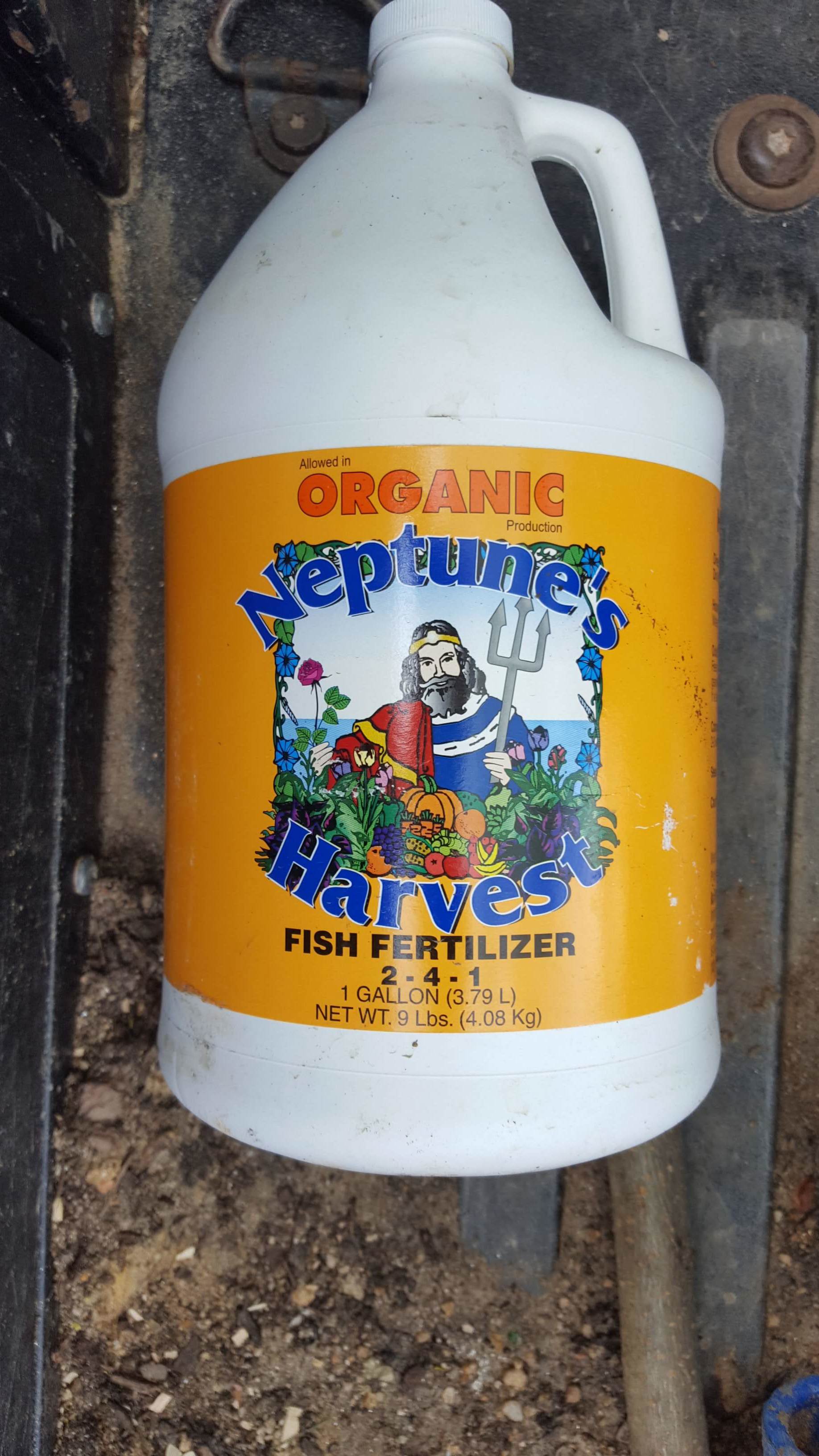With the last crunchy leaves spiraling down on the frosty winds of December, the soil starting to freeze, and the vegetable crops finished for the season; this is a reflective time for us here at Edible Eden. Winter is our planning time, our business development time as well as some time to breath, evaluate and rest from the growing season.
This past year has been our best to date; we’ve reached new levels of functional design and productivity in creating and stewarding food gardens all over the Baltimore metro area. We’ve generated thousands of lbs of organically cultivated produce, grown our team in order to build our capacity and worked with more knowledgeable and dynamic employees than ever before. We’ve planted hundreds of fruit trees, berry bushes, and native perennial plants around the area and served an ever growing and diverse clientele of wonderful customers.
But this is not just about the success of a small business.
Here at Edible Eden we believe that every square foot we have under our stewardship allows us to make the world a better place. We plant native plants to host native wildlife and strengthen eco-systems. We plant organic veggie gardens to help re-direct food sourcing from the industrial food system. We support our customers in composting and rain water management to ensure we are contributing to healthy soil ecosystems and mitigating harmful runoff.
It’s not always easy - sometimes this means hand-picking pests, finding hard-to-source materials and a lot of explanation of our services. But the results are worth every moment of hard work. We see our successes reflected in the bio-diversity supported by our gardens, in the joy of seeing our customers taste and enjoy a new local, healthy food; in the pollinators buzzing happily around diverse blooms.
Next year we will continue to enhance our business systems, expand our operations, and hone and improve the products we offered in 2019.
We know that we wouldn’t be able to do the work that we love without you, our customers and broader community! We want to thank you, sincerely, for being a part of this exciting experiment: Can we, together, vision and work towards a more sustainable, abundant and compassionate human reality?
So here is gratitude for a bountiful growing season, and hopes for a cozy Winter, and a new year full of diversity, deliciousness and joy.






















